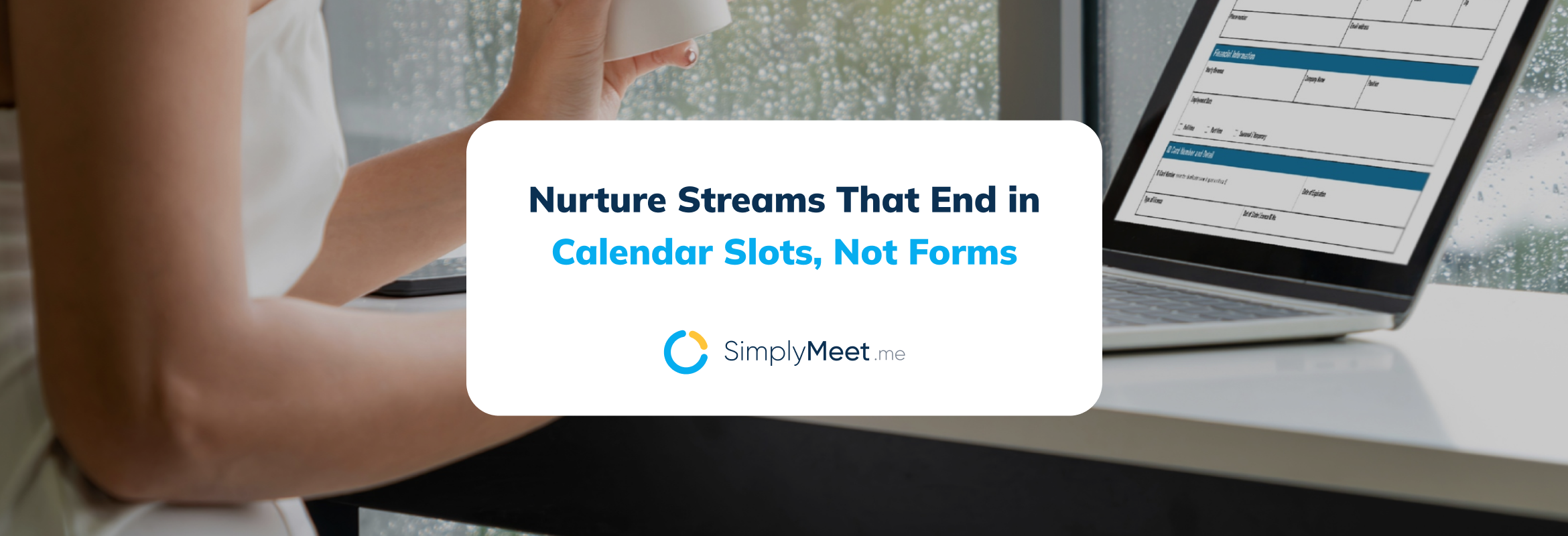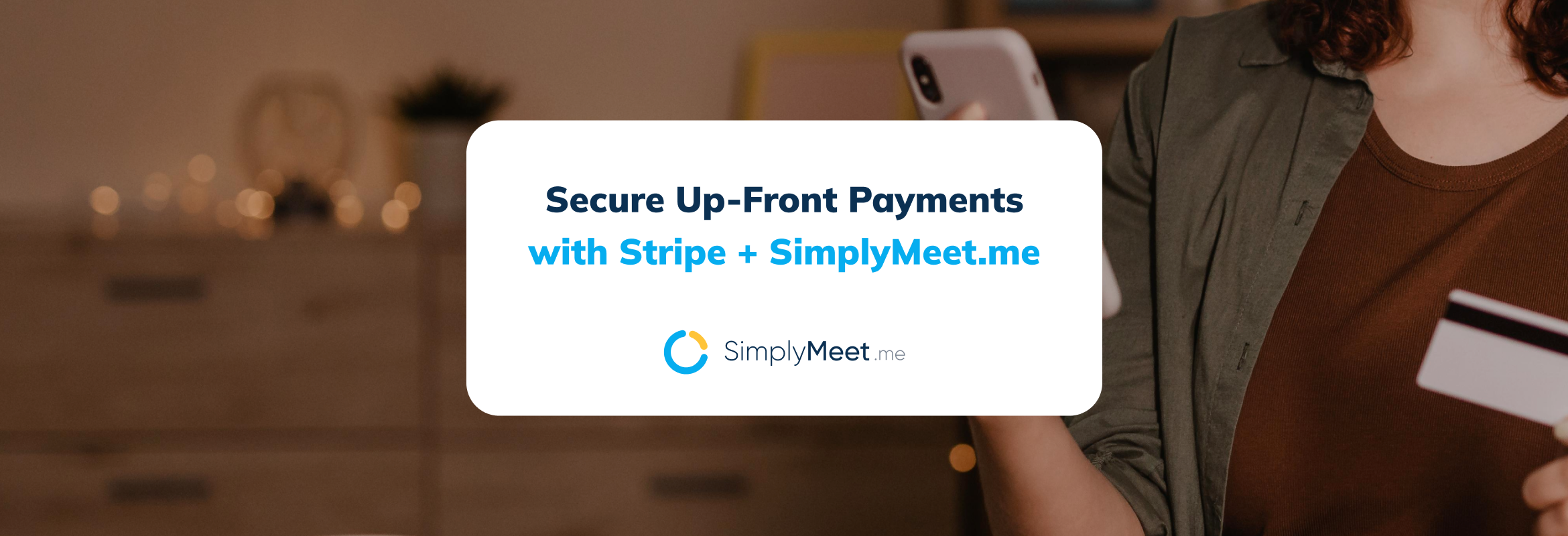How to Schedule a Meeting by Email (+ Examples)

Do you want to learn how to schedule meetings by email? If so, you’ve come to the right place!
Email is still one of the most popular communication tools today. Research shows that around 361 billion emails are sent every day, and 88% of people check their inbox multiple times daily.
Given this, it makes perfect sense to use email to organize meetings with co-workers, customers, investors, and everyone in between. These messages are professional, help you stay organized, and offer flexibility for both parties.
However, crafting an email asking for a meeting can be more challenging than it seems.
Today, I’m going to share a step-by-step process that you can use to schedule your next meeting effectively. Afterward, we’ll look at a few templates to ensure your next email is a success.
Let’s begin!
Scheduling a Meeting Through Email Step-by-Step
Start by Crafting a Clear Subject Line
Did you know that 47% of all emails are opened or discarded based on the subject line? This sends a clear signal to anyone who wants to send an email, for meetings or otherwise; you need a clear, engaging headline if you want people to read your message.
In my experience, a good subject line is both concise and descriptive. The recipient should, at a glance, know who you are, where you’re from, and that you’re interested in meeting.
For the best open rate, I suggest keeping your subject line between 40 and 50 characters so it’s still visible on mobile. The last thing you want is a long-winded subject line that a majority of your subscribers can’t see.
A strong subject line is particularly important if you’re sending cold emails. You want to encourage people to click through so they can learn a little more about the purpose of your proposed meeting.
Keep an eye on your email analytics and run plenty of tests so you can determine which subject lines work best for your audience.
Personalize Your Greeting
Personalized greetings can make the recipient feel valued and engaged from the moment they open your email.
Instead of a generic “Hello” or “Hi,” try to address your subscribers by name—”Dear Michael” or “Hi Amanda.” If you have an existing relationship, you can use this opportunity to make it just a little more personal. For example, “Dear Shawn, I hope you’re happy with your new (product).”
For cold emails to someone you haven’t met, still use their name, but you may want to briefly explain how you obtained their contact information. The goal is to create an authentic personal connection right from the opening line.
The bottom line is personalization plays a big role in getting people to open your emails, including when you want to schedule a meeting. Research shows that when brands use personalized openings, they see their open rate increase by around 26%!
Explain the Purpose + Benefits of the Meeting
After the greeting, it’s important to clearly lay out the purpose and benefits of the proposed meeting. If people don’t know why your meeting matters to them, they have no reason to attend.
Here are a few key details people should be able to quickly and easily understand when they read your email:
- What this meeting is about, and why it’s relevant to them
- How it could potentially help them or add value to their lives
- Any key details like the approximate duration, whether it’s in-person or virtual, etc.
Be clear but concise here. You want to pique their interest without burying the main point in too many extra details upfront. Explicitly stating the benefits or value proposition will make them more inclined to set aside time for the meeting.
Offer Flexible Time Slots
Once you’ve explained the reason you want to meet, you can increase your chances of getting a “Yes” by offering multiple potential time slots for the meeting right in your initial email. For example, you could let the recipient choose any half-hour time slot within a 6-hour block.
This seemingly simple gesture shows you respect the recipient’s busy schedule and want to accommodate their availability.
An easy way to do this is by using a scheduling tool like SimplyMeet.me. With SimplyMeet.me, you can generate a simple link with your available time slots. Include your link in each email as a call-to-action (CTA), and allow the recipient to select the day/time that works best for them with just a couple of clicks.
We’ve found that providing flexibility and ease of scheduling upfront removes a lot of the back-and-forth typically required to nail down a time to chat. As a result, you’re more likely to get people to attend your proposed meeting.
Adding flexible time slots makes it easy for the other party to say “Yes” and find a mutually convenient time. It’s a small investment that can have a massive impact on your meeting booking rate.
Share Your Contact Information
At the end of your email, be sure to share your full contact details. This step makes it easy for the recipient to contact you directly if they have any other questions or concerns or want to coordinate in a different way.
For the best results, Include your:
- Full name
- Company name (if applicable)
- Phone number
- Email address
- Links to your website + social media profiles
Offering all of your contact information is a great way to build trust and show people that you’re interested in forming a real connection. Providing multiple ways for people to reach you shows that you are available and open to chatting wherever they’d like to meet.
You can include any other relevant details, like your role/position or office location, that could provide helpful context.
The key is making sure the recipient can quickly and easily find all your information in the first email without having to hunt around. Simply including your information removes potential friction and keeps the lines of communication open as you work toward scheduling the proposed meeting time.
Send a Reminder Email
Even after someone selects a time slot from your scheduling link, it’s a good idea to send a brief reminder email closer to the scheduled meeting date and time. Taking this step ensures it stays at the top of their minds and increases the chances they’ll actually attend.
We’ve found that the ideal time to send a meeting reminder is typically 1-2 days in advance, with a final reminder right before it begins. This gives the recipient ample heads up while still being recent enough that the meeting is front of mind.
Your reminder shouldn’t be long or complicated. Include the date, time, relevant invite links, and a brief agenda, and they should have everything they need to show up. Here’s a great example:
A simple, timely reminder helps reduce misunderstandings and no-shows. It may seem like a small step, but it goes a long way toward running effective meetings.
3 Example Templates You Can Use Today
Example 1: Sales Rep Requesting a Meeting with a Prospect
Subject: Quick Meeting About [Prospect’s Companies] ‘s Goals?
Hi [First Name],
My name is [Your Name], and I’m with [Your Company]. I’ve been following [Prospect’s Company] ‘s growth over the last few years and am impressed with your [accomplishments, achievements, etc.].
I’m reaching out because I truly believe our [product/service] could be a valuable tool in helping you [solve a specific pain point/goal]. With [key benefits], we’ve helped other leading [industry] companies [achieve X, Y, Z].
Could we schedule a brief 20-minute call to discuss [Prospect Company] ‘s current priorities and whether our solutions may be a fit? I have availability this week here:
[Scheduling link with availability]
If none of those times work, just let me know some better options for your schedule.
No pressure at all – my goal is simply to learn more about your team’s initiatives so I can share more targeted info on how we may be able to help accelerate your success.
I am looking forward to the opportunity to connect!
Best,
[Your Name]
[Contact Details]
Example 2: Team Lead Scheduling 1:1 Meeting with Employee
Subject: Checking in – 1:1 Meeting This Week?
Hi [Employee Name],
I hope all is going well on the [key project] initiative. As we approach next month, I wanted to get some time on the calendar to review priorities and brainstorm additional ways I can support your efforts.
Are you free for a 30-minute 1:1 chat this week? I’ve listed some potential windows on [Schedule Link]. Feel free to grab whatever slot works best for you.
This will be a nice opportunity to discuss big-picture goals, address any roadblocks you’re facing, and ensure we’re aligned on expectations and next steps.
Please let me know if you have any other items you’d like to cover during our 1:1 as well. I’m looking forward to our meeting.
Thanks, [Your Name]
[Contact Details]
Example 3: Business Inviting Subscriber to a Webinar/Virtual Event
Subject Line: Don’t Miss Our Upcoming [Webinar/Virtual Event] on [Topic]!
Hi [Name],
I’m reaching out to personally invite you to our upcoming online [webinar/virtual event] happening on [Date/Time]: “[Compelling Title/Topic].”
In this [60-minute webinar/2-hour virtual session/etc.], you’ll gain valuable insights on [2-3 key takeaways/benefits]. Our experts will cover:
- [Bullet point outlining what will be covered]
- [Bullet point outlining what will be covered]
- [Bullet point outlining what will be covered]
Spaces are limited, so I recommend reserving your spot today using the link below before we fill up:
[Insert Registration/Sign Up Link]
This virtual [webinar/event] is a can’t-miss for anyone in the [industry/field/profession]. Attendees will have the opportunity to get their top questions answered live during the Q&A portion.
Don’t miss out – save your seat today, and I’ll see you there!
Best regards,
[Your Name]
[Contact Details]
Final Thoughts
Email remains one of the most popular and effective communication channels, making it the perfect medium for scheduling meetings and virtual events. By following the tips outlined here, you’ll have a much better chance of getting more people to accept your meeting invites.
The more you can respect people’s time and make scheduling frictionless, the better your results will be. Feel free to customize the templates provided to fit your specific needs.
Most importantly, keep refining your approach based on your analytic data and experiences. Every audience is different, so use different customer engagement metrics: open rates, click-throughs, and sign-ups to identify what resonates best. With a few tweaks over time, you’ll be a master of scheduling meetings in no time!
Author Bio
Syed Balkhi is the founder of WPBeginner, the largest free WordPress resource site.
With over 10 years of experience, he’s the leading WordPress expert in the industry. You can learn more about Syed and his portfolio of companies by following him on his social media networks.



Comments
0 commentsNo comments yet